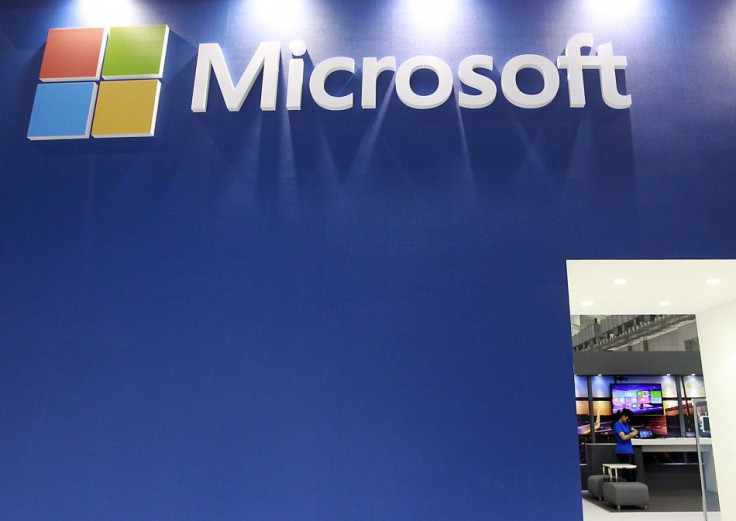Microsoft Lumia 535: First Lumia Device to Drop The Nokia Logo

The Microsoft Lumia 535 is officially the first Lumia handset to ditch the Nokia label on its body. But it might be the only biggest point about the new smartphone. The phone resembles its Lumia predecessors but with an evident branding difference. The Nokia logo is nowhere to be seen which is clearly replaced by Microsoft's name on the front part of the phone just above its screen. Microsoft's logo is horizontally written on the colorful back of the device as well.
As CNet reports, the new branding marks the new stage for the mobile devices which have faced its fall in the market. Although the 535 is not much of a rebirth for the new line up, the Microsoft branding might open new doors for the Lumia line.
Looking back, Microsoft acquired Nokia's phone business in April for an astounding $7.2 billion. The deal allowed the company to maintain the Nokia name on the new phones for the time being until the company decided to ditch the Nokia brand in favor of the name Microsoft Lumia.
The company calls the Lumia 535 as the "5x5x5" phone which is available in single and dual SIM variants worldwide. It is dubbed as 5x5x5 phone, with the first "5" pertaining to the phone's 5-inch qHD 960x540 pixels display. The second "5" is the 5MP front-facing and wide-angled camera which happens to be the same front facing camera that was installed on the Lumia 735. Finally, the third "5" pertains to the "five great integrated Microsoft experiences" that are built in the phone namely: built-in Skype integration, the pre-installed Microsoft Office suite, 15GB of OneDrive cloud storage free, the Cortana digital assistant and Microsoft Outlook, PCWorld reports.
As of today, the phone making business doesn't seem to pay-off for Microsoft. With the investment it made to take-over Nokia, the acquisition cost seems to be pulling down its profits based on the company's recent financial report. The company already sold 9.3 million Lumia units in the current quarter which is a slight up of 5.6 percent compared to the 8.3 million devices sold same time last year.






